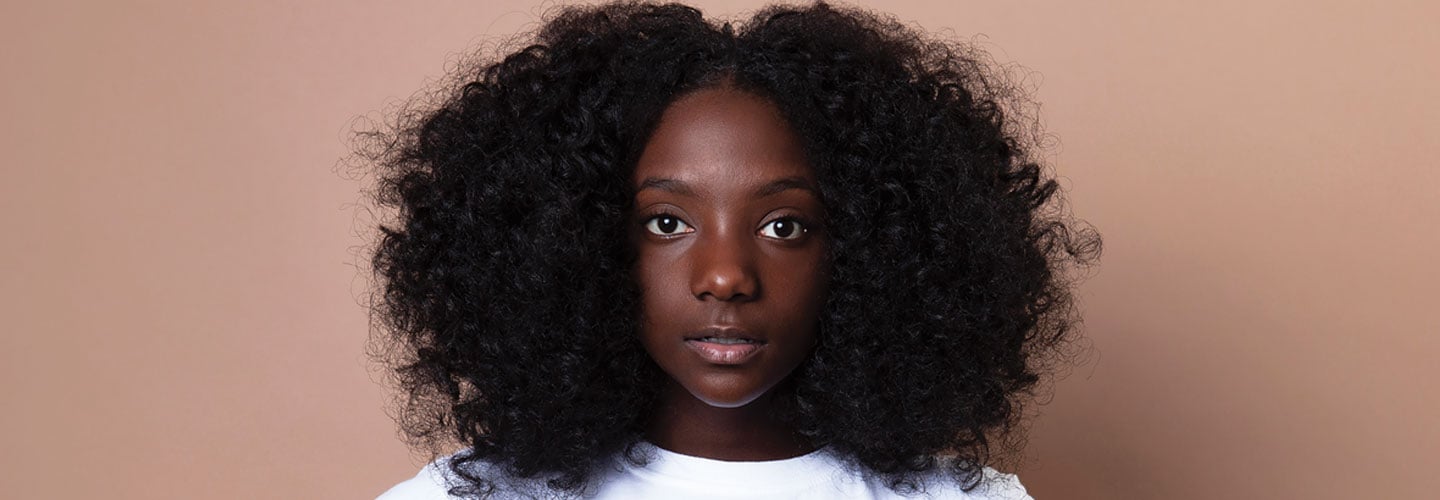Kheris Rogers was in first grade when she started getting bullied for her dark skin. Classmates called her a “dead roach” and told her that she’d been left in the oven too long. Adults made her feel self-conscious about her skin color too.
“My teacher gave me a black crayon to color a self-portrait instead of a brown one,” says Kheris, now 14. “It made me uncomfortable.”
What Kheris experienced is known as colorism—and it can happen to people of many different races, ethnicities, and backgrounds. Colorism is a form of discrimination based on skin tone, in which people with lighter skin are viewed more favorably and given more advantages than people with darker skin. It often occurs among members of the same racial or ethnic group.
“I didn’t even know what colorism was,” says Kheris, who lives in Los Angeles, California. “I just wondered, Why am I being bullied by people who are the same race as me?”
Kheris’s family noticed that the bullying was affecting her self-esteem. So in the spring of 2017, her older sister, Taylor Pollard, posted a photo of Kheris on Twitter with the hashtag #FlexinInHerComplexion. It was their grandmother’s favorite phrase of encouragement—a way to remind the girls to love themselves just as they are.
Pollard’s post went viral, with more than 30,000 retweets in just a month. Many people commented on the post to share their own experiences of colorism.
“So many people told me they went through the same thing,” says Kheris. “That’s when I knew this was bigger than me.”
Kheris Rogers was in first grade when she started getting bullied for her dark skin. Classmates called her a “dead roach” and said she had been left in the oven too long. Adults made her feel self-conscious about her skin color too.
“My teacher gave me a black crayon to color a self-portrait instead of a brown one,” says Kheris, now 14. “It made me uncomfortable.”
What Kheris experienced is known as colorism. It can happen to people of many different races, ethnicities, and backgrounds. Colorism is a form of discrimination based on skin tone. People with lighter skin are viewed more favorably and given more advantages than people with darker skin. Colorism often occurs among members of the same racial or ethnic group.
“I didn’t even know what colorism was,” says Kheris. She lives in Los Angeles, California. “I just wondered, Why am I being bullied by people who are the same race as me?”
Kheris’s family noticed that the bullying was affecting her self-esteem. So in the spring of 2017, her older sister, Taylor Pollard, posted a photo of Kheris on Twitter. She added the hashtag #FlexinInHerComplexion. That was their grandmother’s favorite phrase of encouragement. It was a way to remind the girls to love themselves just as they are.
Pollard’s post went viral. It got more than 30,000 retweets in just a month. Many people commented on the post to share their own experiences of colorism.
“So many people told me they went through the same thing,” says Kheris. “That’s when I knew this was bigger than me.”

